Russian Olive
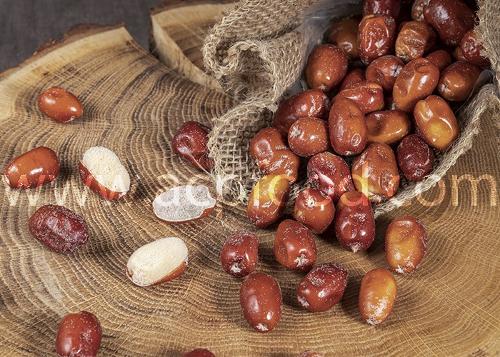
Description
Scientific name: Elaeagnus angustifolia Other names in English: Oleaster Cultivation mode: Wild collection\Cultivated In manufacturing: Pharmaceutical, Cosmetic, Extract, Perfumery, Oil, Wood manufacturing Chemical Composition Phytochemical studies of E. angustifolia L. fruit extract indicate the presence of flavonoid compounds, polysaccharides, sitosteroles, cardiac glycosides, terpenoids, coumarines, phenol carboxylic acids, amino acids, saponins, carotenoids, vitamins, and tannins. Flavonoids which are mainly present in fruits and vegetables, due to their phenolic hydroxyl groups, are able to chelate metals, reduce lipid peroxidation and have shown a high antioxidant and free radical scavenging activities. A group of flavonoids such as 4 (+)-catechin, (-)-epicatechin, (+)-gallocatechin, (-)-epigallocatechin, kaempferol, quercetin, luteolin, isorhamnetin and isorhamnetin-3-0-β-d-galactopyranoside have been isolated and identified from the extract of E. angustifolia L.
- Olives
- Russian Olive
- Olive
Similar products
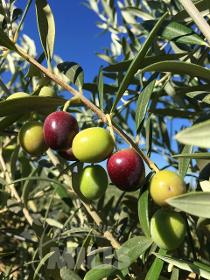
MILIS FRUIT NUT NURSERY
Greece
Arbekina is a traditional Spanish olive variety, known for its excellent olive oil, aroma and fruity taste, without bitterness. It is a relatively small tree with small and aromatic fruits that are suitable for dense planting. The tree adapts to different climatic conditions and thrives in different soil types, is pest-resistant and tolerant to salinity. The Spanish olive cultivation is characterized as overproductive and resistant to low temperatures up to -18 ° C. The Arbekina variety allows fast entry into production, even from the 2nd year of planting, has very high production potential and is resistant to low temperatures.
Request for a quote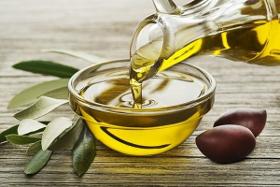
BERG TRADING COMPANY
Netherlands
Olive oil is a liquid fat obtained by pressing whole olives, the fruit of Olea europaea, a traditional tree crop of the Mediterranean Basin, and extracting the oil. It is commonly used in cooking, for frying foods or as a salad dressing
Request for a quote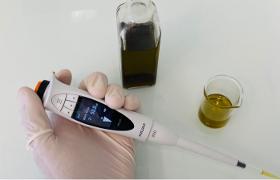
ANASCAN LAHN
France
Analysis of olive oil. Acidity and peroxyde values. UVK. Extra virgin conformity.
Request for a quote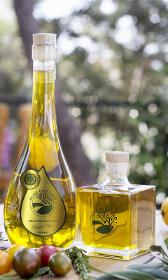
OLIVEOILSLAND
Turkey
Our OliveOilsLand® branded it, which are produced with Cold pressing technique in our facility where the food safety standards are protected at the highest level and in stainless steel tanks contact with air, feels pleasant in your palate with its unique taste. It is also called The Aegean it Flavour among the people A natural it with a high content of vitamins, aroma, polyphenols and antioxidants is obtained by storing under nitrogen gas and bottling away from light and oxygen. Quality control activities are planned and developed in accordance with ISO 9001 Quality Management System in all processes from harvest to reaching consumer. Our it that we produce under the brand of OliveOilsLand® which is Turkey’s Leading Manufacturer of Certified Best Organic Olive Oil Supplier Company When you smell it, you will feel freshly mown grass, green almonds, almonds, green apples, green stem of the tomato, green banana peel, artichoke and pea; it smells like a perfume
Request for a quoteRequest for quotes
Create one request and get multiple quotes form verified suppliers.
- Only relevant suppliers
- Data privacy compliant
- 100% free